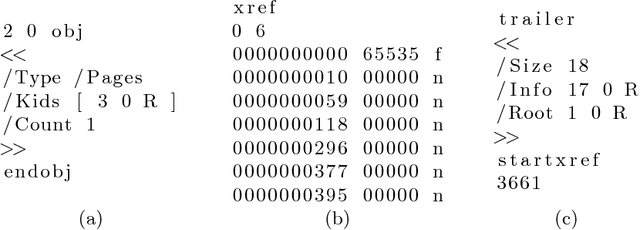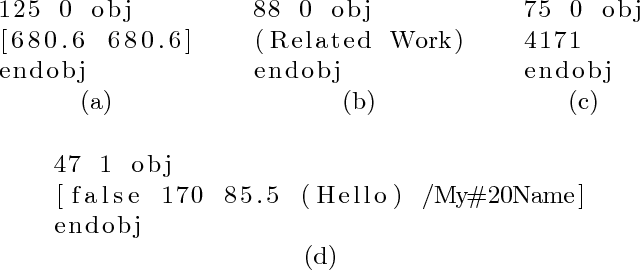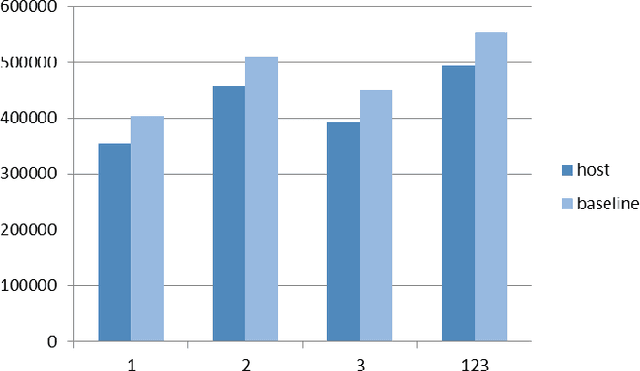Learn&Fuzz: Machine Learning for Input Fuzzing
Paper and Code
Jan 25, 2017



Fuzzing consists of repeatedly testing an application with modified, or fuzzed, inputs with the goal of finding security vulnerabilities in input-parsing code. In this paper, we show how to automate the generation of an input grammar suitable for input fuzzing using sample inputs and neural-network-based statistical machine-learning techniques. We present a detailed case study with a complex input format, namely PDF, and a large complex security-critical parser for this format, namely, the PDF parser embedded in Microsoft's new Edge browser. We discuss (and measure) the tension between conflicting learning and fuzzing goals: learning wants to capture the structure of well-formed inputs, while fuzzing wants to break that structure in order to cover unexpected code paths and find bugs. We also present a new algorithm for this learn&fuzz challenge which uses a learnt input probability distribution to intelligently guide where to fuzz inputs.
 Add to Chrome
Add to Chrome Add to Firefox
Add to Firefox Add to Edge
Add to Edge